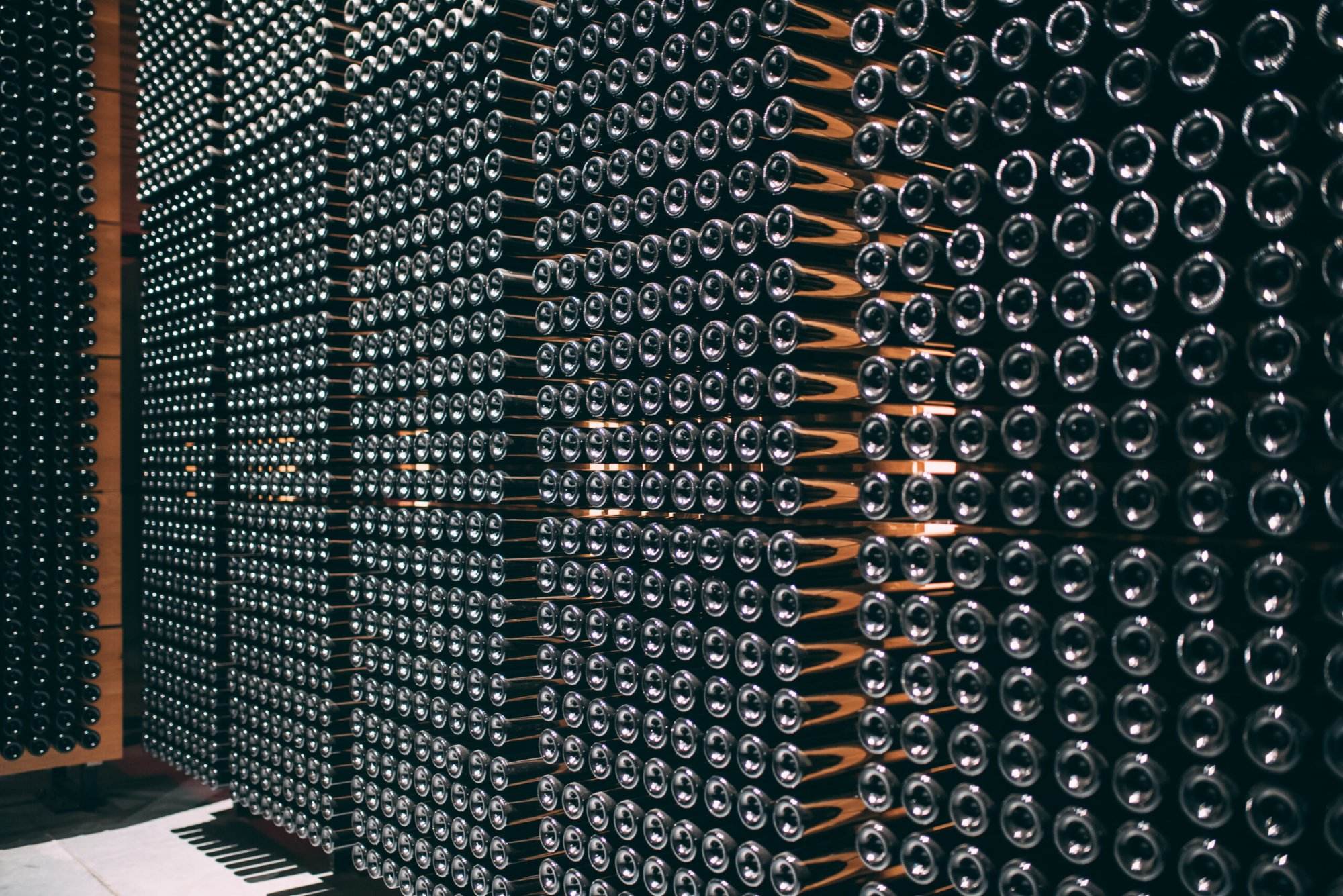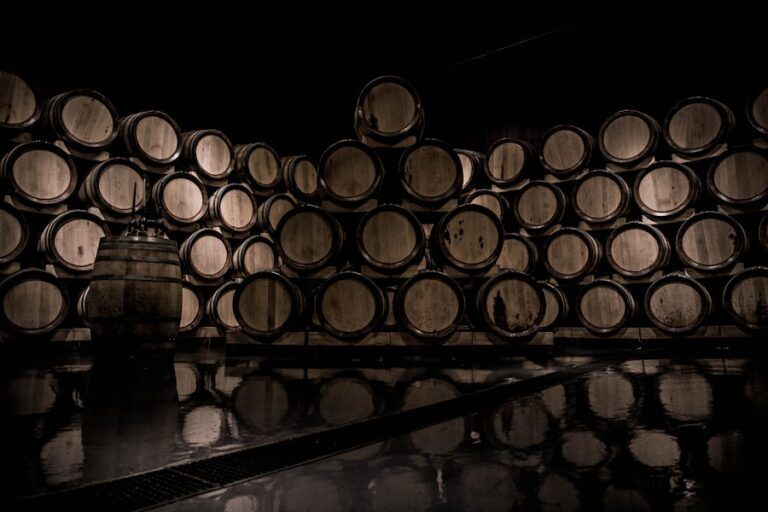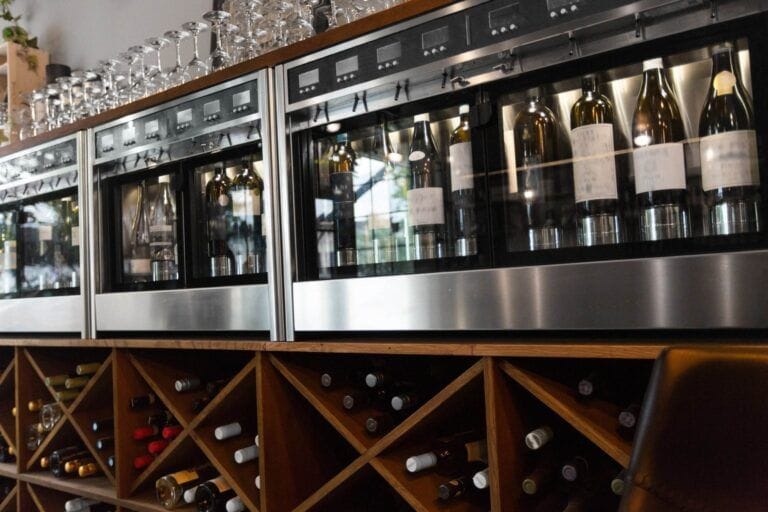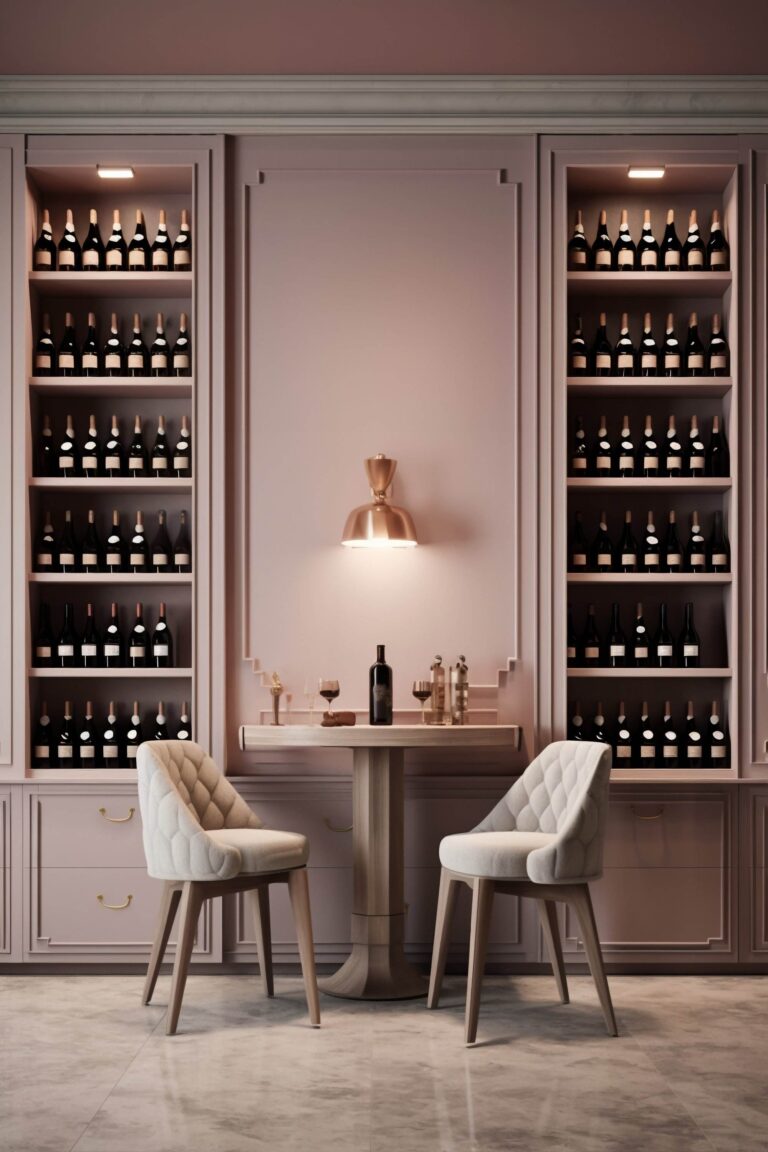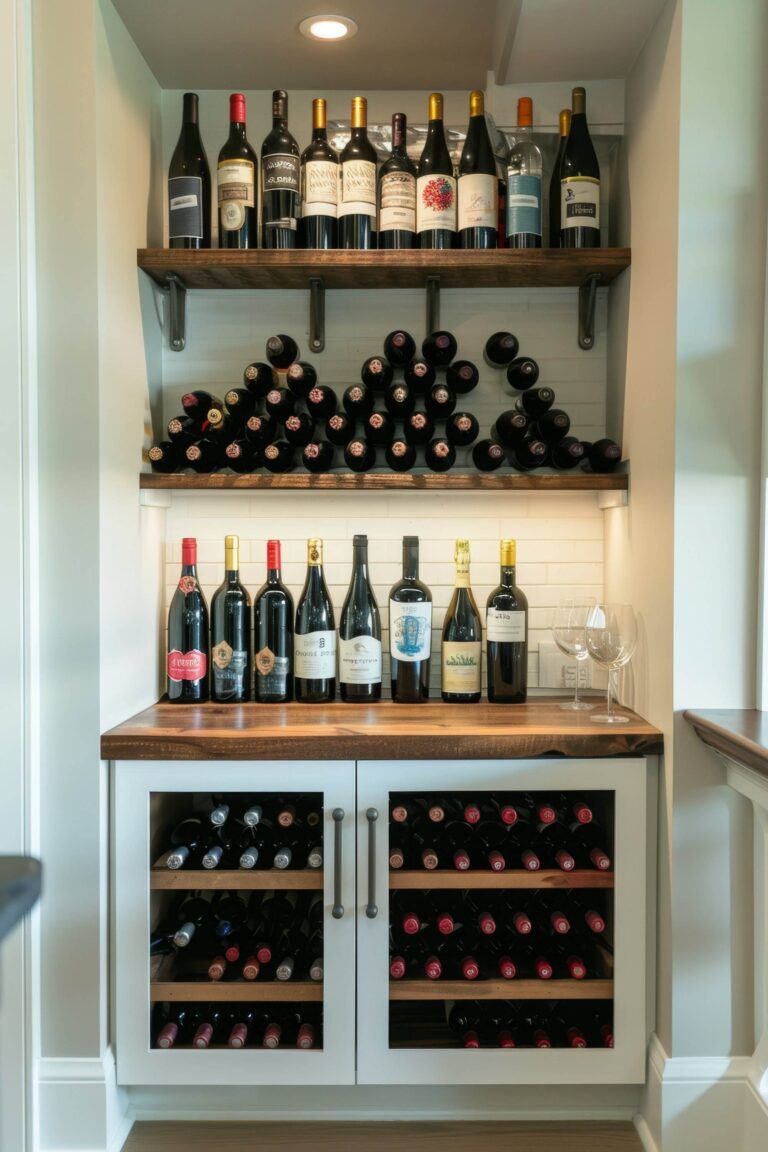How to Preserve Your Napa Valley Souvenir Wines with the Right Cellar Setup
Creating a wine cellar is not merely about storing bottles; it is an art that requires careful consideration and planning. A well-designed wine cellar can significantly enhance the quality of your wine collection, ensuring that each bottle ages gracefully and reaches its full potential. Proper setup is crucial because wine is a living product that reacts to its environment.
Factors such as temperature, humidity, light exposure, and vibration can all impact the aging process. Therefore, understanding the importance of a proper cellar setup is the first step toward becoming a true wine connoisseur. Moreover, a thoughtfully designed wine cellar can also serve as a stunning focal point in your home.
It can reflect your personal style and passion for wine, making it a conversation starter for guests. Whether you are a casual enthusiast or a serious collector, investing time and resources into creating an optimal storage environment will pay dividends in the long run. A well-maintained cellar not only preserves the integrity of your wines but also enhances their value, making it an essential aspect of any serious wine collection.
Key Takeaways
- Proper cellar setup is crucial for long-term wine preservation and aging
- Choosing the right location for your wine cellar is essential for maintaining optimal temperature and humidity levels
- Selecting the ideal wine racks and storage solutions is important for organizing and preserving your wine collection
- Maintaining the optimal temperature and humidity levels is key to preserving the quality of your wines
- Organizing your Napa Valley souvenir wines for long-term preservation requires careful planning and storage solutions
Choosing the Right Location for Your Wine Cellar
The location of your wine cellar plays a pivotal role in its effectiveness. Ideally, it should be situated in a cool, dark place away from direct sunlight and temperature fluctuations. Basements are often considered the best option due to their naturally stable temperatures and humidity levels.
However, if a basement is not available, other areas of the home can be adapted for wine storage. The key is to avoid places like kitchens or laundry rooms, where heat and humidity can fluctuate dramatically. In addition to temperature considerations, accessibility is another important factor when choosing a location for your wine cellar.
You want to ensure that your collection is easily accessible for both enjoyment and inventory management. A well-placed cellar can enhance your overall wine experience, allowing you to share your collection with friends and family without hassle. Ultimately, the right location will not only protect your wines but also make it easier for you to appreciate and enjoy them.
Selecting the Ideal Wine Racks and Storage Solutions

Once you have determined the location for your wine cellar, the next step is selecting the right wine racks and storage solutions. The choice of racks can significantly influence both the aesthetics and functionality of your cellar. There are various styles available, from traditional wooden racks to modern metal designs, each offering unique benefits.
Wooden racks are often favored for their classic look and ability to absorb moisture, while metal racks can provide a sleek, contemporary feel. When selecting racks, consider the size of your collection and how you plan to organize it. Custom wine racks can be tailored to fit your specific needs, allowing you to maximize space while showcasing your bottles beautifully.
Additionally, incorporating various storage solutions such as bins for bulk storage or display shelves for rare wines can enhance both organization and accessibility. The right combination of racks and storage options will create an inviting atmosphere that encourages you to explore and enjoy your collection.
Maintaining the Optimal Temperature and Humidity Levels
Maintaining optimal temperature and humidity levels is crucial for preserving the quality of your wines. The ideal temperature for most wines is between 55°F and 65°F (13°C to 18°C), with 55°F being optimal for red wines and slightly cooler temperatures preferred for whites. Fluctuations in temperature can cause corks to expand and contract, leading to oxidation or spoilage.
Therefore, investing in a reliable temperature control system is essential for any serious wine collector. Humidity levels also play a significant role in wine preservation. The ideal humidity range is between 50% and 70%.
Too little humidity can dry out corks, allowing air to seep into the bottle, while excessive humidity can promote mold growth. A humidifier or dehumidifier may be necessary depending on your local climate conditions. Regularly monitoring these environmental factors will ensure that your wines remain in pristine condition, ready to be enjoyed at their best.
Organizing Your Napa Valley Souvenir Wines for Long-Term Preservation
For many wine enthusiasts, collecting Napa Valley wines is a cherished hobby that often leads to an impressive assortment of bottles. Organizing these souvenir wines effectively is essential for long-term preservation and enjoyment. One effective method is to categorize your collection by varietal or region, allowing you to easily locate specific bottles when the occasion arises.
This organization not only streamlines access but also enhances your appreciation of the diverse flavors and styles within your collection. Another important aspect of organizing your wines is labeling them clearly. Consider using a labeling system that includes details such as vintage year, varietal, and producer information.
This practice will help you keep track of your collection’s age and optimal drinking windows. Additionally, maintaining an inventory list can be beneficial for monitoring your collection’s growth over time. By taking these steps to organize your Napa Valley souvenirs, you will ensure that each bottle is preserved properly and ready for enjoyment whenever you choose.
Investing in Quality Wine Cooling Systems

Investing in a quality wine cooling system is one of the most critical decisions you will make when setting up your wine cellar. These systems are designed to maintain consistent temperatures and humidity levels, providing an ideal environment for aging wines. There are various types of cooling systems available, including self-contained units and split systems, each with its own advantages depending on the size and layout of your cellar.
When selecting a cooling system, consider factors such as energy efficiency, noise level, and ease of installation. A well-chosen cooling system will not only protect your investment but also enhance the overall experience of managing your wine collection. Additionally, some advanced systems come equipped with features like digital temperature displays and alarms that alert you to any fluctuations in conditions.
By prioritizing quality in your cooling system investment, you can ensure that your wines are stored under optimal conditions for years to come.
Implementing Effective Lighting and Security Measures
Lighting plays a crucial role in creating an inviting atmosphere in your wine cellar while also protecting your collection from potential damage. Natural light should be avoided entirely as UV rays can degrade wine quality over time. Instead, opt for LED lighting solutions that provide adequate illumination without emitting heat or harmful rays.
Dimmable lights can also enhance the ambiance while allowing you to adjust brightness levels based on your needs. Security measures are equally important when it comes to protecting your valuable wine collection. Consider installing locks on doors or cabinets to deter unauthorized access.
Additionally, surveillance cameras can provide peace of mind by allowing you to monitor your cellar remotely. Implementing these security measures will not only safeguard your investment but also create a sense of ownership over your cherished collection.
Regular Maintenance and Monitoring of Your Wine Cellar
Regular maintenance and monitoring are essential components of successful wine cellar management. Establishing a routine for checking temperature and humidity levels will help you catch any potential issues before they escalate into significant problems. This proactive approach ensures that your wines remain in optimal condition throughout their aging process.
In addition to environmental monitoring, periodic inspections of your storage solutions are necessary to ensure they remain in good condition. Check for signs of wear or damage on racks and cooling systems, addressing any issues promptly to prevent further complications. By committing to regular maintenance practices, you will not only preserve the quality of your wines but also enhance your overall enjoyment of this rewarding hobby.
In conclusion, creating a custom wine cellar requires careful planning and attention to detail at every stage—from choosing the right location to implementing effective maintenance practices. By investing time and resources into each aspect of cellar setup, you can create an environment that not only protects but also enhances the enjoyment of your wine collection for years to come. Whether you’re storing Napa Valley souvenirs or rare finds from around the world, a well-designed cellar will ensure that every bottle reaches its full potential.
FAQs
What is the importance of preserving Napa Valley souvenir wines?
Preserving Napa Valley souvenir wines is important because it allows you to maintain the quality and flavor of the wine for a longer period of time, ensuring that you can enjoy the wine at its best.
What are the key factors to consider when setting up a cellar for preserving Napa Valley souvenir wines?
Key factors to consider when setting up a cellar for preserving Napa Valley souvenir wines include temperature control, humidity levels, lighting, and storage racks or shelves.
How does temperature control affect the preservation of Napa Valley souvenir wines?
Temperature control is crucial for preserving Napa Valley souvenir wines as it helps to prevent the wine from aging too quickly or spoiling. The ideal temperature for wine storage is between 55-58 degrees Fahrenheit.
Why is humidity control important for preserving Napa Valley souvenir wines?
Humidity control is important for preserving Napa Valley souvenir wines as it helps to keep the corks moist, preventing them from drying out and allowing air to seep into the bottles, which can spoil the wine.
What role does lighting play in preserving Napa Valley souvenir wines?
Lighting can affect the preservation of Napa Valley souvenir wines as exposure to UV rays can cause the wine to deteriorate and develop off-flavors. It is important to store wines in a dark environment.
What type of storage racks or shelves are recommended for preserving Napa Valley souvenir wines?
Sturdy, wooden or metal storage racks or shelves are recommended for preserving Napa Valley souvenir wines as they provide proper support for the bottles and allow for easy organization and access.

